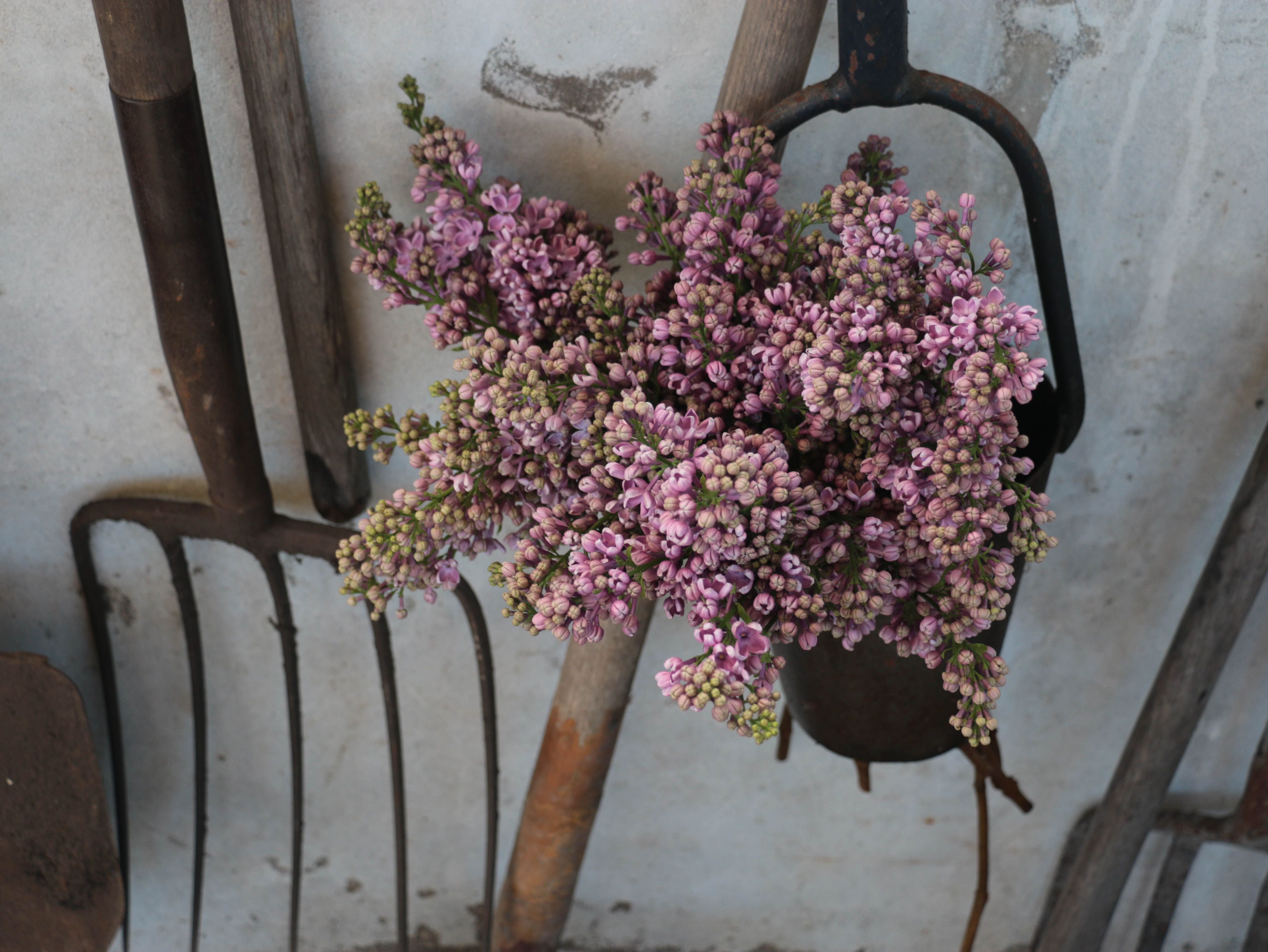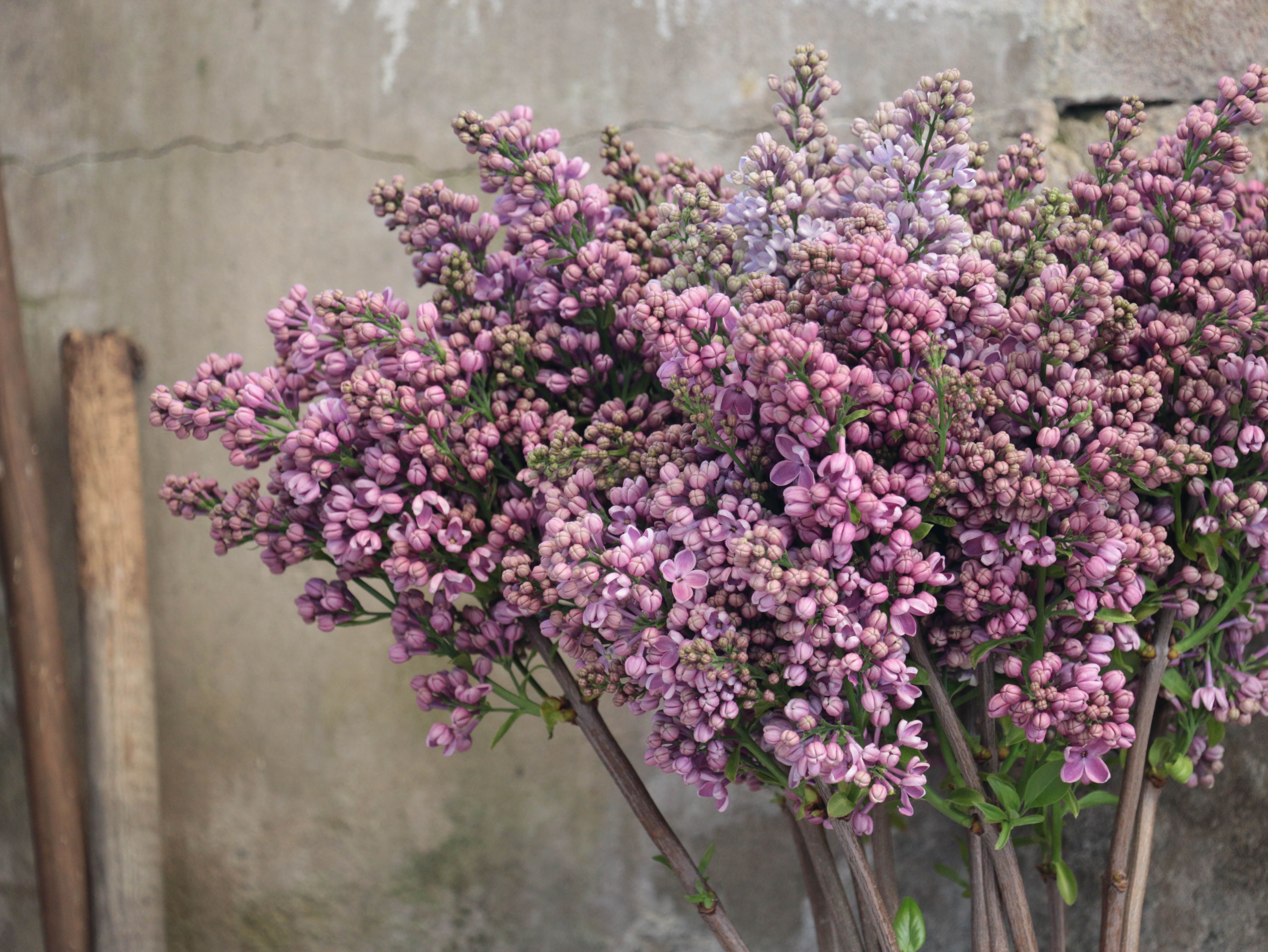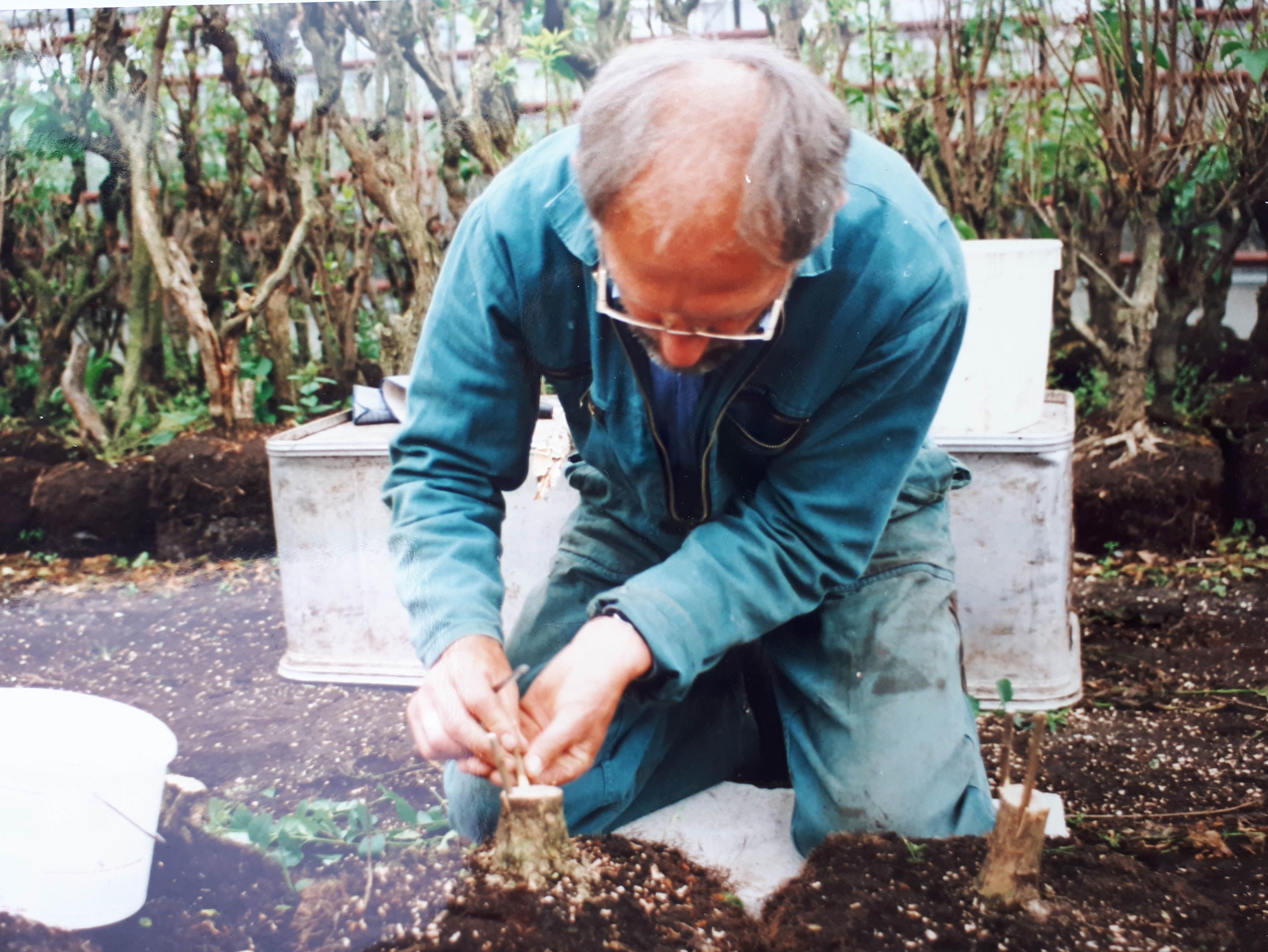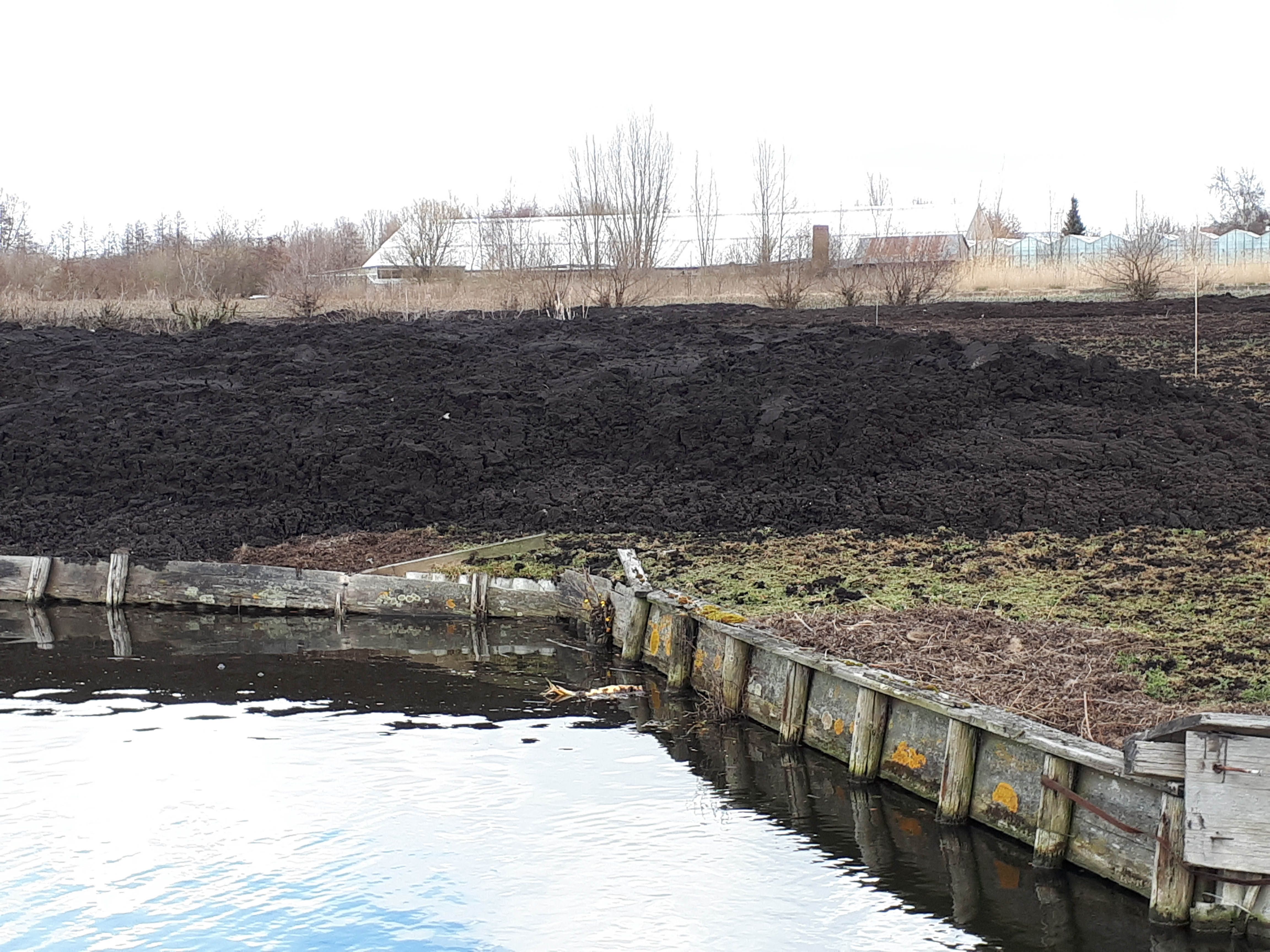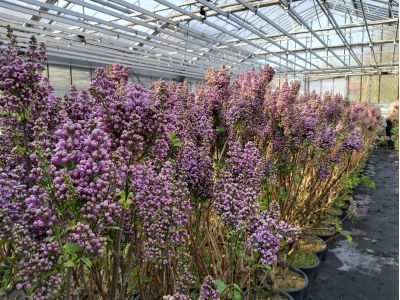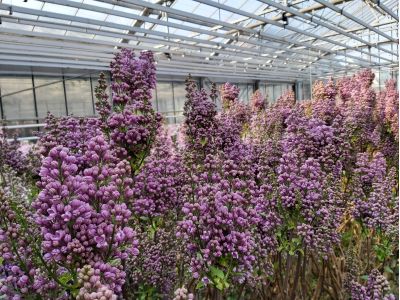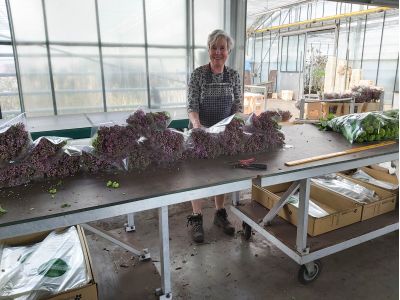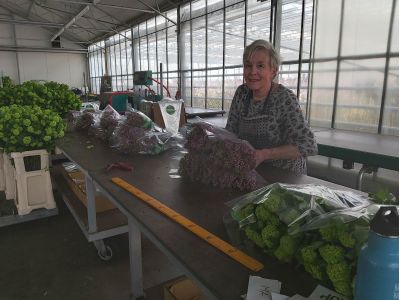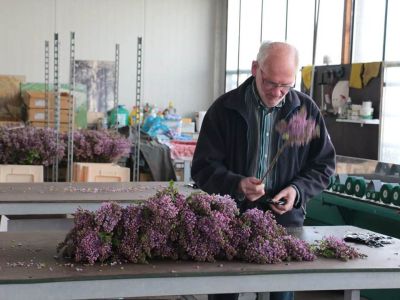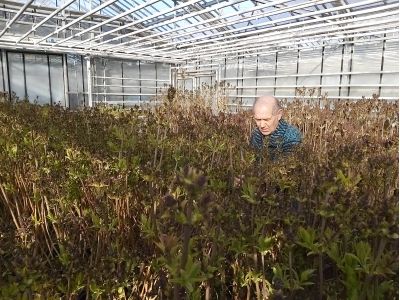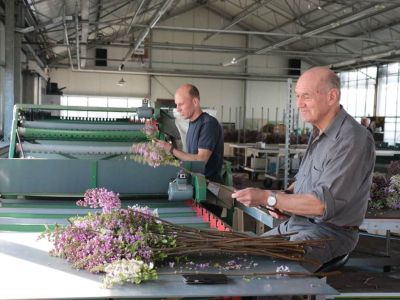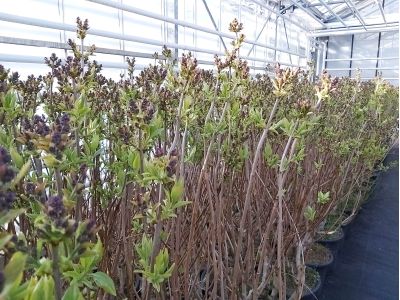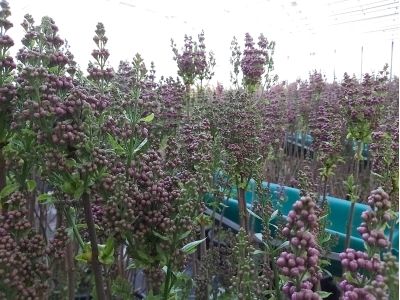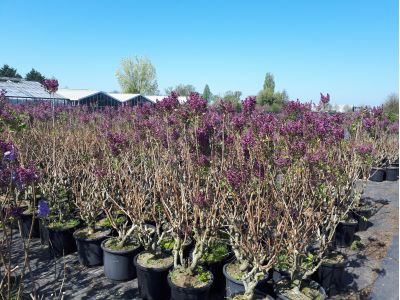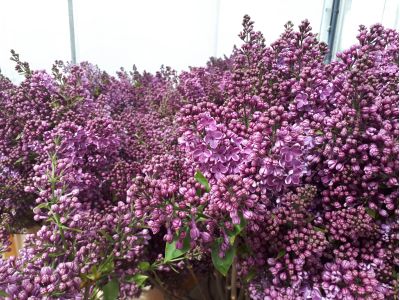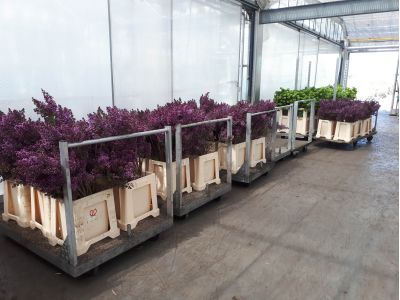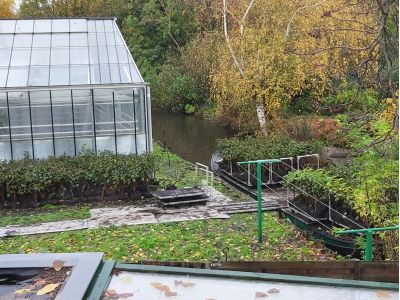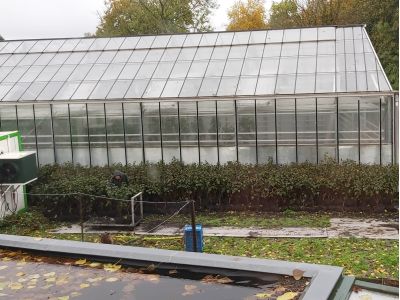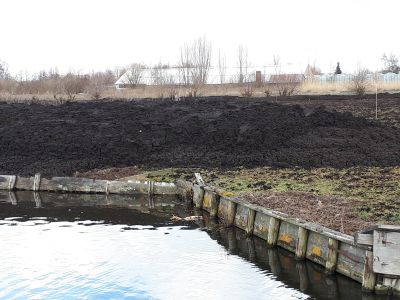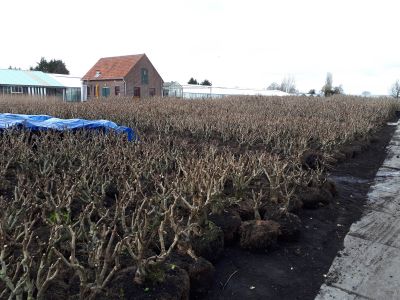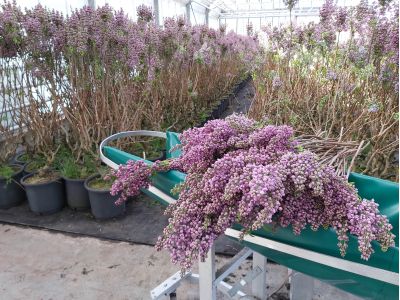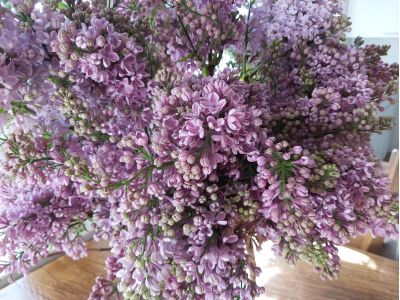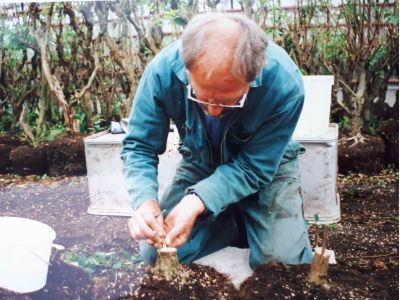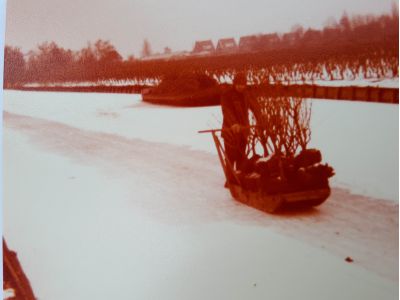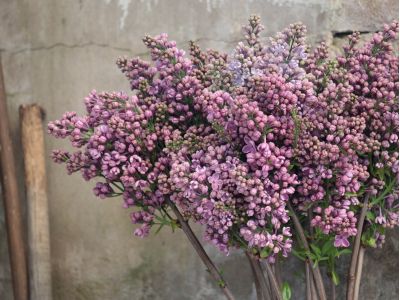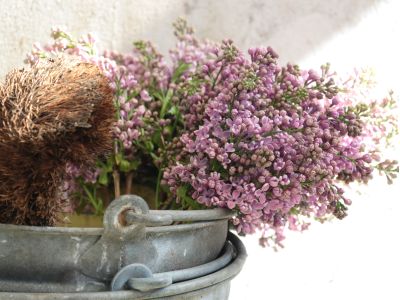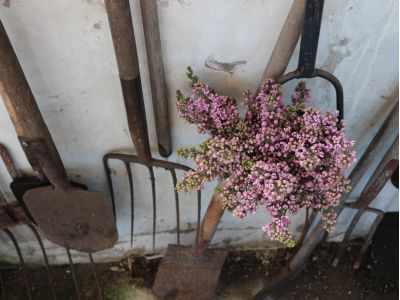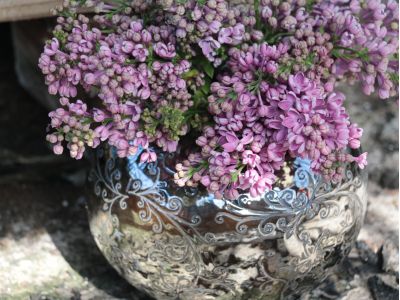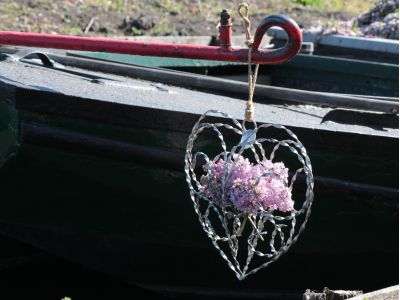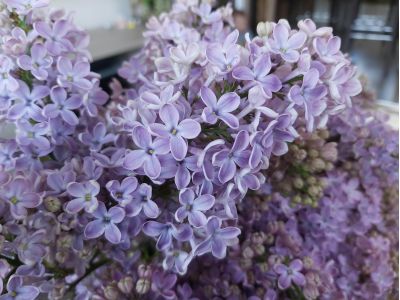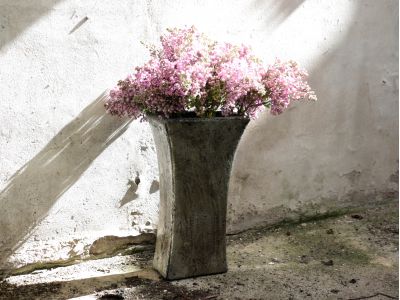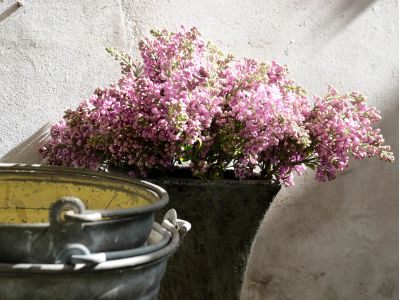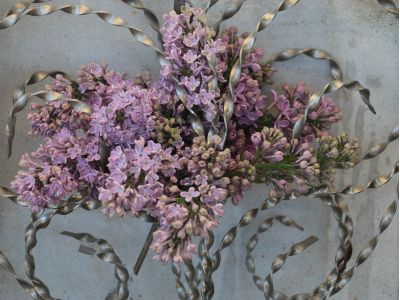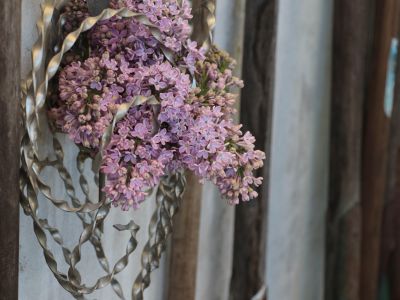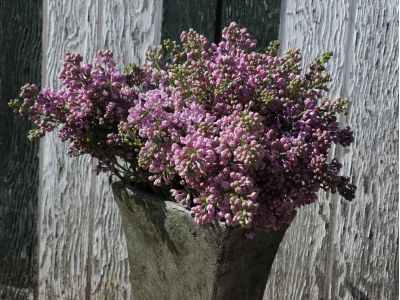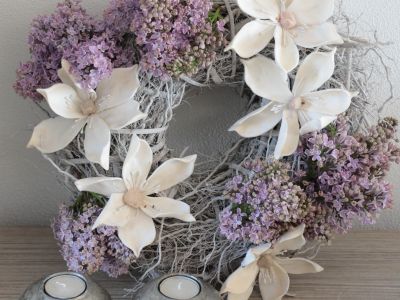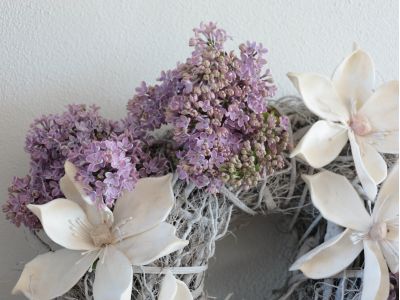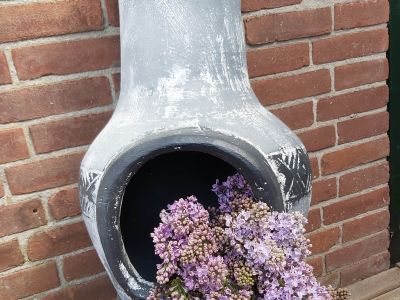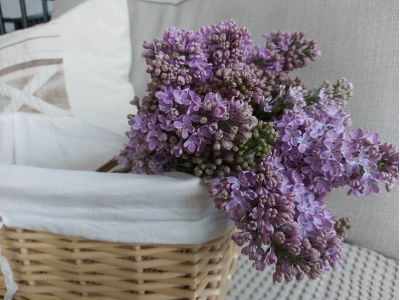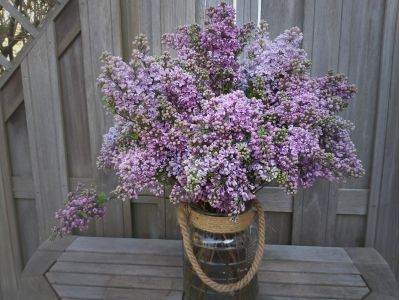Syringa Dark Koster

Calendar
The Syringa vulgaris "Dark Koster" is available from Januari to the end of April.
In the spotlights
The whole world has been under the spell of the Corona Pandemic for weeks. This creates limitations for the FloraPodium team with regard to our beloved growers' visits. But especially in this difficult time, flowers could bring extra happiness to everyone! Therefore we try do our very best to send new colorful editions and to continue to spread the positive energy of our flowers. For this edition we spoke to old acquaintances, who have previously been in the spotlight with us. Marco Alderden and Ronald Ceelen from nursery "Het Witte Hek" told us more about the Syringa vulgaris "Dark Koster".
Het Witte hek – The White Fence
The Alderden company was founded in 1897. Chrysanthemums and pot plants were the first crops. Over the years various other flowers have been grown including amaryllises, roses, tulips, carnations and lilacs. Meanwhile, the company has continued to thrive for 5 generations already and nursery 'Het Witte Hek' has specialized in the cultivation of various types of lilacs and snowballs (Viburnum). Together with the 3rd and 4th generation, who still work in the company every day, beautiful and high quality flowers are produced.
In the spotlights
Syringa vulgaris "Dark Koster" is a mutant of the "Hugo Koster". About 35/40 years ago this variety was discovered by an Aalsmeer grower in the crop of the "Hugo Koster". The name "Dark Koster" says it all: this variety is a bit darker than the "Hugo", which is a bit softer purple.
Vintage weddings are totally hip. No white, classic bouquets, but a lot of color and drying materials are used for decorating and for events nowadays. The deep purple color of the "Dark Koster" fits in nicely with this new trend. In addition, the vase life of this variety is also very good.
The "Dark Koster" is also a beautiful flower for a vase. The "Dark Koster" does not naturally have a strong scent, but the use of organic fertilizers full of natural minerals, which Marco and Ronald use, causes the flowers to give off a light fragrance. This gives this flower that extra spring feeling!
Care
The lilac is a type of shrub, which means that it has a woody stem. It is important to use a clean vase with lukewarm water and add cut flower food.
Cut the stem diagonally, before you put it in the vase. Change the water regularly and cut the stem again if necessary.
If the flowers start wilting, cut the stem again and place them in a cool spot. You will see that the flower will rise again.

The cultivation
In addition to the work caused by the production season of the lilacs (and snowballs), there is plenty of work outside in the fields. According to the cousins this is exactly the reason why the work is so much fun and worthwhile: “The work is very varied because it is really a seasonal product. More indoors in winter, always outside in summer. We experience every season and work very close to nature. ”
Cultivation process
In the autumn, the scrubs are lifted from the various fields. The fields of Het Witte Hek are actually islands. The shrubs are therefore transported by boat to the land close to the greenhouses, where the shrubs stand until they are put in the greenhouse. In the past, when the winters were very cold and the ditches were frozen, the scrubs had to be transported to the greenhouses over the ice, using a sleigh.
In November the first shrubs go into the greenhouse. After about 10 to 14 days, the superfluous leaves are pinched. All side shoots are removed from the branch so that all energy actually goes to the flower. After about three weeks the first branches can be cut.
The "Dark Koster" is a variety that should be quietly brought into bloom at a slightly lower temperature than other lilacs. "You should actually put them in bloom with the windows open" they said laughingly. "The calmer this variety blossoms, the more beautiful and darker the purple color of the lilac gets. If you try to draw them out too fast at a higher temperature, the color will be much paler. ”
When the greenhouse is empty, the shrubs are pruned and are moved outside again. When the production season is over (early May), the shrubs are planted back onto the fields and skip a production year. However, they are pruned after the first year. These branches can be used to graft on rootstocks.
Only the following year the lilacs can be lifted and used for production.
Lilacs generally have a high market value, which is just as well since the cultivation is extremely labor-intensive and physically heavy because of the many lifting and hand work.
Grafting
Most of the lilac varieties we know as cut flowers grow on the root stock of a wild lilac. These root stocks are seedlings of wild vulgar varieties. The cultivars, such as Maiden's Blush, Stepman, Dark Koster etc. are grafted on the root stock.
During grafting, a cut is made in the root stock (this can be a young or an old one). After this, a small piece of stem of the cultivar is inserted into the cut, then tied with an elastic band and sealed with wax.
After grafting on the root stock the lilac gives its first flower stems after 4 years; therefore it takes a very long time to produce new lilac varieties that are actually good enough for flower production. As a result, some of the varieties that are on the market now date back to the late 1800s.
A root s tock can be re-grafted several times. You call that top grafting. This is possible, for example, when the production of a shrub decreases. Sometimes for practical reasons, a shrub grows larger and higher and becomes too big for the greenhouse. Even if a grower wants to produce a different variety, the choice can be made to inoculate the shrub; after two years it will yield branches again.
If a root stock does not have to deal with soil fungi or other diseases, a root stock can sometimes last 80 or 90 years!
Peatsoil from the water
All lilac nurseries are traditionally situated in and around Aalsmeer, which has a reason. It has to do with the richness of the peat soil and the supply of fresh peat soil from the Westeinder Plas (a beautiful lake in Aalsmeer). Every 2 to 4 years fresh soil is dredged from the lake and brought to the fields by boat. This beautiful peat soil enables the lilac to keep the clod intact even after lifting which is something other soil types are unable to do.
Indirectly, this is also good for water sports enthusiasts, because the Lake will remain deep enough for the water lovers.
Cutting riper
A few years ago, the lilacs were sold at a rawer stage than today. This was mainly to reduce costs for the export; firstly, riper flowers are much more vulnerable during transport which increases the risk of damage. Secondly, you can fit less ripe flowers in a box for transport which increased the price of the shipment. Back then, consumers paid less money for riper lilacs so breeders were therefore forced to contain shipment costs by harvesting and shipping the flowers at a rawer stage.
Fortunately, people are now reconsidering. It is much better to harvest a lilac at a slightly riper stage. The flower can take advantage of the nutrients that the plant provides for much longer. This improves the vase life considerably.
FloraPodium, 16 April 2020






